Meta has begun rolling out advanced artificial intelligence features for its latest Ray-Ban smart glasses, though only to a select group of users in the United States for now. This early access program allows the glasses to interpret what the wearer is seeing and then respond with helpful information through built-in speakers. It’s an important software upgrade, not a brand-new model with a visual display, which some might assume at first glance.
Key Takeaways
- Meta is testing new multimodal AI features for its second-generation Ray-Ban smart glasses.
- The test is an early access program, currently limited to users in the US.
- The glasses can identify objects, read signs, and translate text using their camera.
- Responses are delivered through audio since the glasses do not have a display.
- The trial is part of Meta’s broader ambition to build true augmented reality glasses in the future.
At the center of this update is multimodal AI, a system designed to process different streams of information simultaneously. In practice, that means the glasses can take in a spoken question from the user and combine it with a live video feed from the camera. All the user has to do is say, “Hey Meta” followed by a question about what they’re looking at.
Imagine standing in front of a historic building and asking, “What landmark is this?” or glancing at a restaurant menu in French and instantly getting a translation whispered back to you. The technology is flexible enough to go beyond straightforward tasks, too. Someone could look at a handful of ingredients on their kitchen counter and ask the AI for recipe suggestions or even request a witty caption for a snapshot of their pet.
The software runs on the second-generation Ray-Ban Meta smart glasses, first released in October 2023. These glasses were built with features that seemed ahead of their time back then: a 12-megapixel ultrawide camera, five microphones, and open-ear speakers that let you hear audio without blocking the world around you. That hardware foundation now makes sense, as it was clearly intended to handle AI-driven capabilities like these.
For Meta, which owns Facebook, Instagram, and WhatsApp, the move is a calculated step. Real-world testing gives the company valuable feedback to refine its AI systems before expanding them further. And it ties back to Meta’s long-term goal of eventually creating full augmented reality glasses, a project internally known as Nazare, that would overlay digital information directly into a wearer’s field of vision.
Early reactions online show a mix of excitement and practical concerns. Some testers have already shared clips of the glasses identifying landmarks or even offering plant care advice. But naturally, questions about privacy and how accurate the AI’s answers really are come up just as often. Meta says privacy was built in from the start. A small LED light switches on whenever the camera is recording, making it clear to anyone nearby that the glasses are active.
Frequently Asked Questions (FAQs)
Q. Do the Ray-Ban Meta glasses have a display screen?
A. No, the current Ray-Ban Meta smart glasses do not have a display or screen for the wearer to look at. All information, including from the new AI features, is communicated through the built-in audio speakers.
Q. How do the new AI vision features work?
A. The features use the glasses’ built-in camera to capture what the user sees. When the user asks a question starting with “Hey Meta,” the multimodal AI processes both the voice command and the visual data to provide a spoken answer.
Q. How much do the Ray-Ban Meta smart glasses cost?
A. The Ray-Ban Meta smart glasses start at a price of $299 in the United States. Prices may vary based on the frame style and lens type.
Q. What are the main specifications of the Ray-Ban Meta glasses?
A. The glasses feature a 12 MP ultrawide camera for photos and 1080p video, a five-microphone array for clear audio calls, open-ear speakers, 32 GB of storage, and are powered by the Qualcomm Snapdragon AR1 Gen 1 Platform.
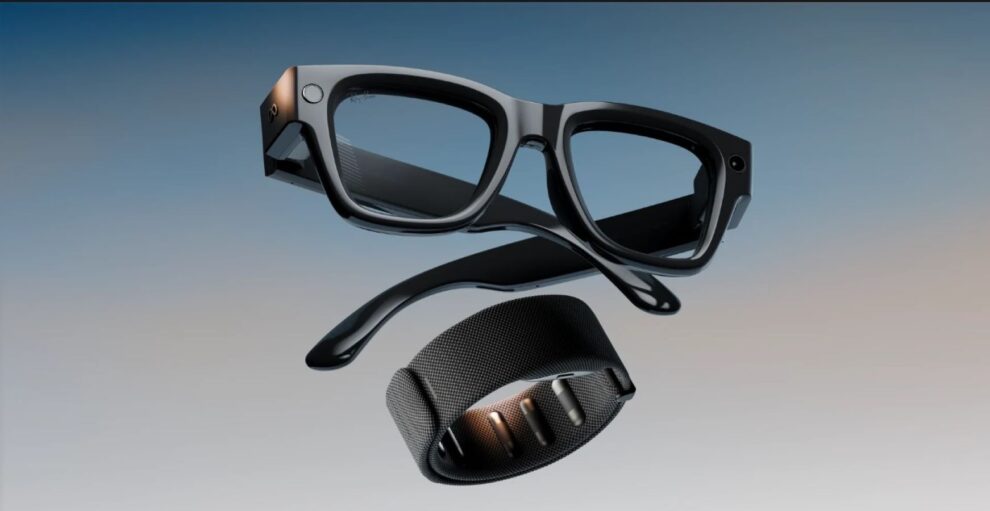




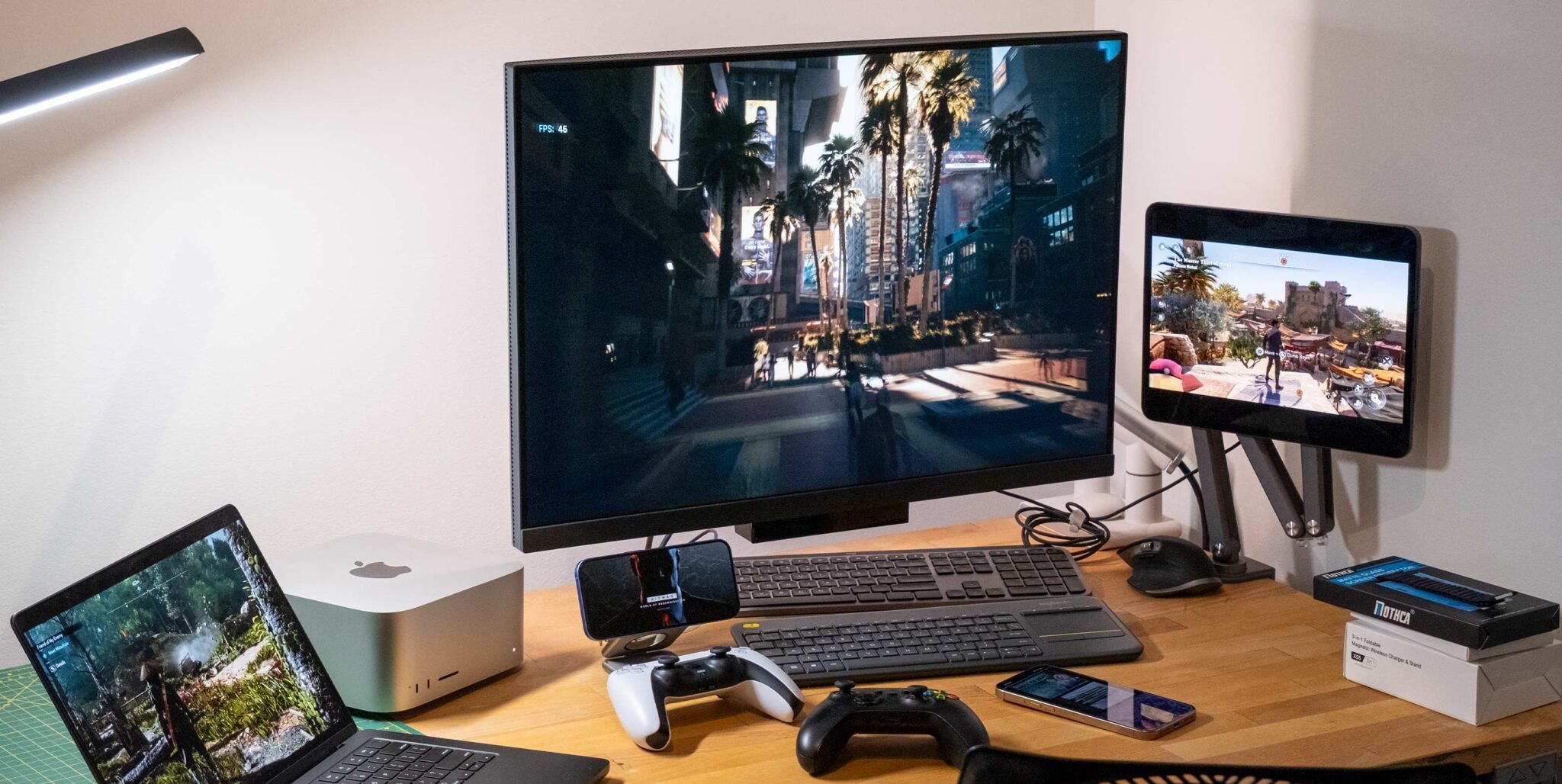

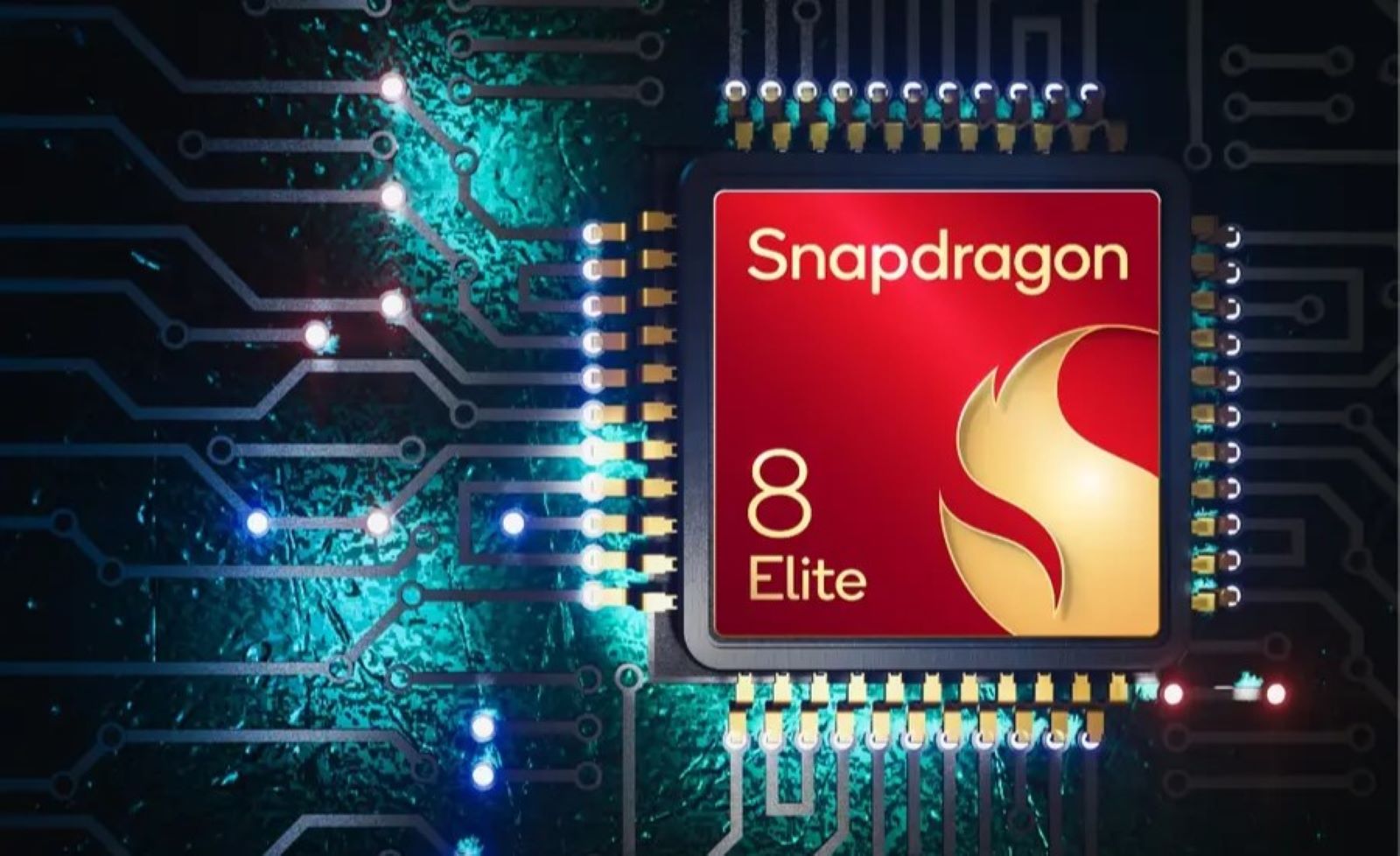
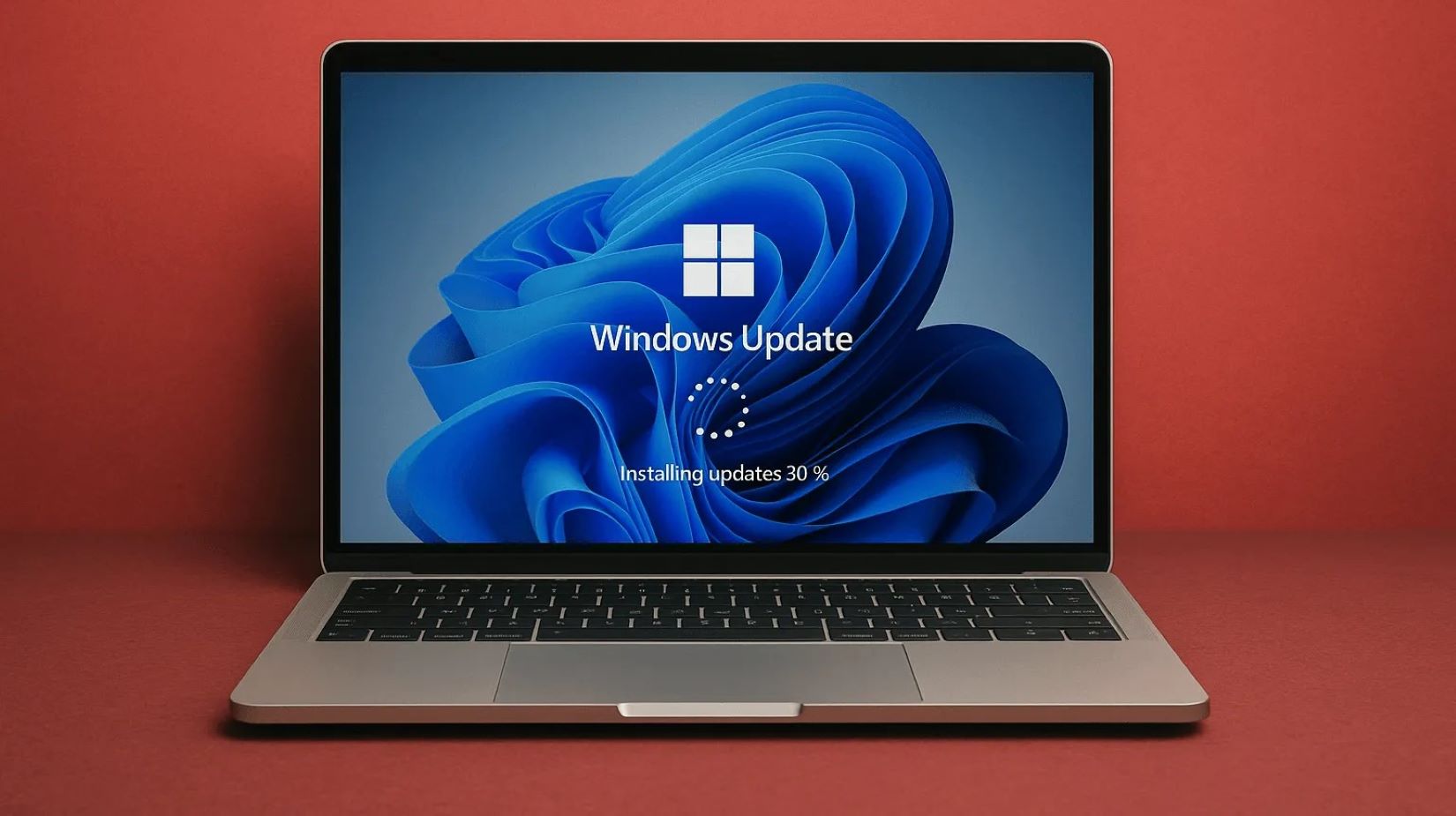


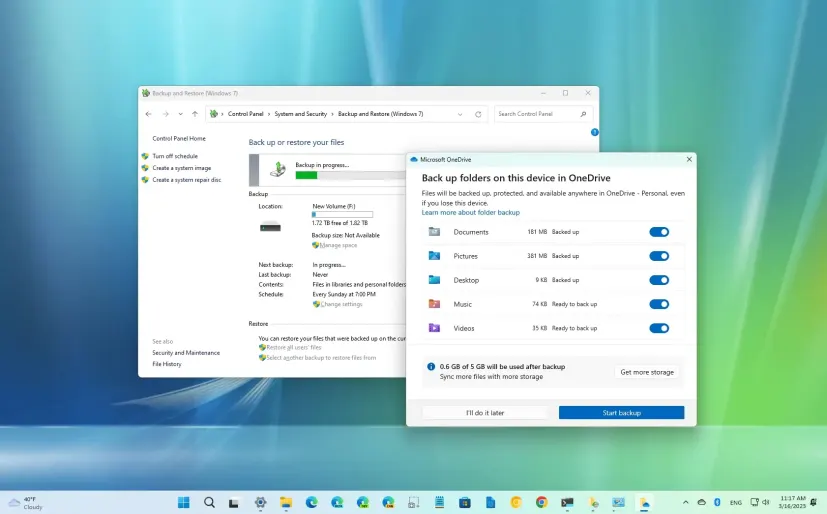
Add Comment